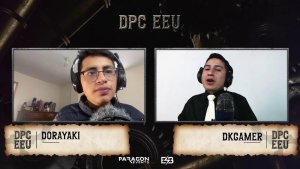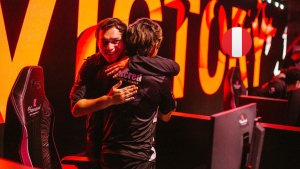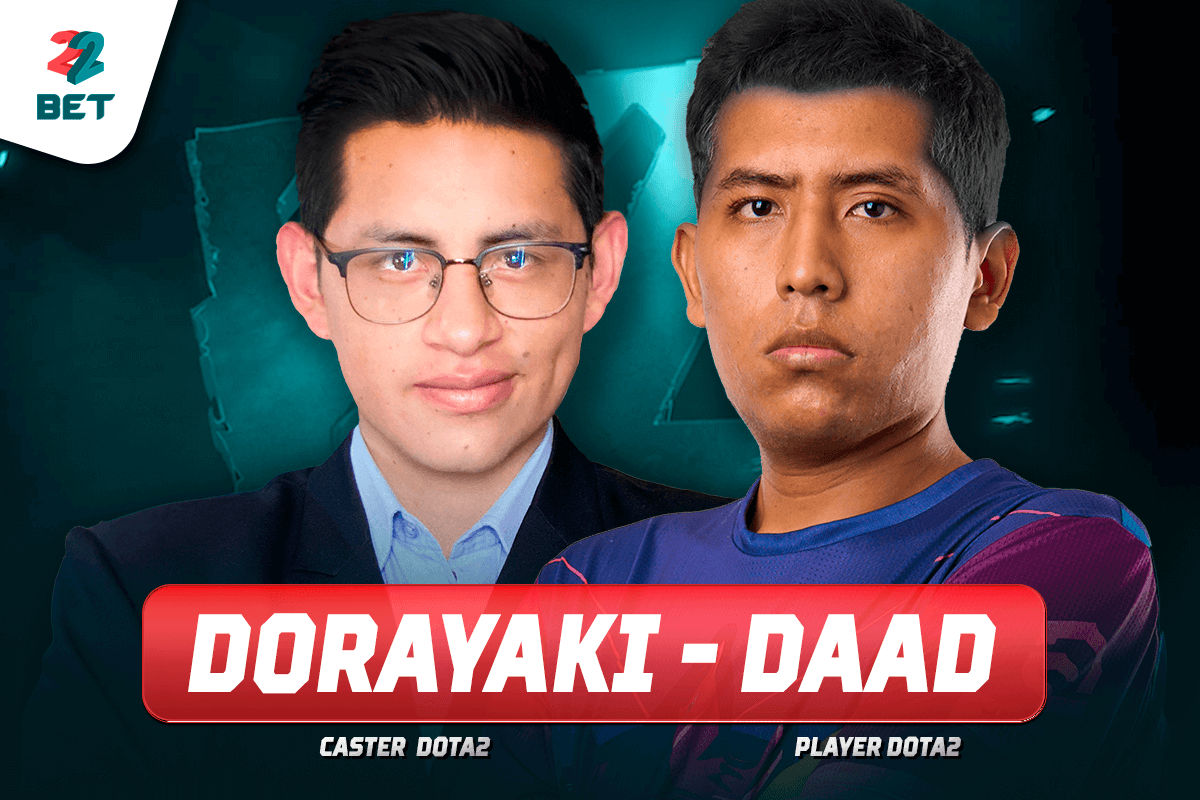The competitive landscape of Dota 2 in Latin America is constantly changing. It’s a region with a lot of talent and hunger for glory. This is evidenced by the organizations every time they compete against a European or Asian team. However, for various reasons, it has not definitively exploded in the necessary growth.
Currently, the SA region seems to be stagnant, or even decreasing its level if we focus on the latest results of the most important competitions. While to some extent this may be true, we should not only look at this point. The focus should be elsewhere, and efforts should be focused on its growth in recent years, not just in this particular period.
Getting to Know the Interviewees
We were able to talk to DaaD and Dorayaki, two professionals and references of Dota 2 in Latin America, each in their field. DaaD is a professional player of Peruvian origin and content creator, with an extremely interesting trajectory and a very promising future. He has played for teams like MadKings, Universitario, among others.
Doriyaki, on the other hand, has been a caster/commentator for almost 10 years. Coming from Ecuador, he managed to overcome several adversities to stand out in his field. Already consolidated in his position, he is one of the most outstanding casters in the Latin American scene.
We had the pleasure of sharing some words with both of them, and they gave us their opinion on the current state of the scene, the differences they notice with other regions, and those points that the region lacks to achieve that growth. Let’s discuss a bit:
What do they think about the current state of the Latin American Dota 2 scene?
In response to this question, we noticed that the answers could differ in the interviewees’ points of view. Possibly, this is due to the profession they develop. Both assure that Latin America has enormous potential, and it will continue to increase in the coming years.
DaaD, for his part, comments that “foreign organizations are coming to bet here because they realized the great talent that exists, it’s a very competitive scene, and it’s growing. There is a good level and many possibilities for growth.”
On the other hand, Dorayaki says, “the scene is reaching that point to take the next step. We come from a less competitive scene of teams, organizations, and others, and also few visualizations. It’s in need of training new talents, support, and among other things. We are at a turning point for South America to be reborn, or even stand out in another way.”

Areas for Improvement
However, both agree that there are several weak points and issues to improve to make the region a powerhouse at the competitive level.
In that sense, Daad points out the lack of hunger for glory in some cases: “I think the issue of results in South America has declined a bit, but it’s improving, it’s a matter of time. I see a certain complacency as well, both in organizations and players, which leads to not achieving the best results.”
“The small number of tournaments conditions the new talents, and I think this is key to being able to train and develop internationally competitive players. That’s why Latin America has to raise the bar, as we can compete with many other regions,” Dorayaki opines on this issue.
He also adds, “losing the second division due to the shameful match fixing was very sad. The Dota 2 talent pool could have been very good if it had worked out, we could have seen many talented players explode.”
Differences With Other Regions
In the comparison, it’s clear that regions like Asia or Europe demonstrate a certain superiority, at least in results and positions in major events. Unveiling the possible reasons for this, we find different analyses.
DaaD emphasizes discipline. “I think what changes the most is discipline. In Europe or North America, they are much more disciplined, they have better routines among other things. Here it’s like they’re just starting out, they don’t give it much importance. European players have a different mindset, when things go wrong, they always try to turn the games around.”
Additionally, DaaD gives a particular example of this: “the consistency and the spirits of never giving up make some players end up being better than others. In Heroic, for example, 4nalog, KJ, and Davai Lama. The latter especially has a different mindset and discipline, it’s demonstrated.”

Latin Americans Playing Abroad
Regarding the decision to move to other regions to compete at a higher level, there are many conflicting opinions. And this is common not only in the world of Dota 2, or esports but often happens in the world of sports in general. Where the departures of important players can affect the overall level of a league.
“It’s a double-edged sword. South American players being able to play abroad gives you an indication that the region has great talent,” comments Dorayaki. He also mentions specific cases: “Wisper and Timado are examples of this, playing in the highest competitions. However, when they leave, they leave a void and a very important position to fill.”
Finally, he highlights the difficulty of filling those spaces. “While as a player, it’s a huge challenge to go play abroad, at the regional level, it ends up costing you a bit to fill that void, as the best talents in the region leave. South America also needs to provide opportunities to compete with the rest of the regions. But it still needs to improve many things to be able to compete with the regions.”
For his part, DaaD gives his vision as a player, revealing the professional objectives that players have, and their dreams in the competitive scene: “Some time ago, someone told me some words that stuck with me. ‘If you’re good, your moment will come. The best play with the best.’ And this couldn’t be more true. You have to seize the opportunities.”
The Importance of Valve in the Regions
With the number of games coming out, and, by default, new esports emerging, fears that Dota might be overshadowed are real, and increasingly strong. Here, the role of Valve as the developer of the game becomes fundamental, maintaining interest in the scene, increasing the number of players, and competing with the games that are emerging.
“Nowadays, there are many Dota 2 tournaments. Although Valve is absent, the major tournaments will keep the competitive scene alive. However, it depends on Valve’s development and management, facing its roadmap and how it manages things with the tournaments,” analyzes DaaD.
In contrast, Dorayaki shares a similar opinion, holding Valve responsible and hoping it takes the reins to improve the scene: “The DPC could have generated some monotony, but I think it was necessary to start in the Latin American scene. The small number of tournaments also conditions the new talents. We need Valve to be present.”

The Future at Stake
The competitive landscape of Dota 2 in Latin America is a field in constant evolution, characterized by promising talent and a determination to achieve glory. Despite facing challenges such as the lack of tournaments and certain structural problems, the region shows sustained growth and considerable potential to excel internationally.

